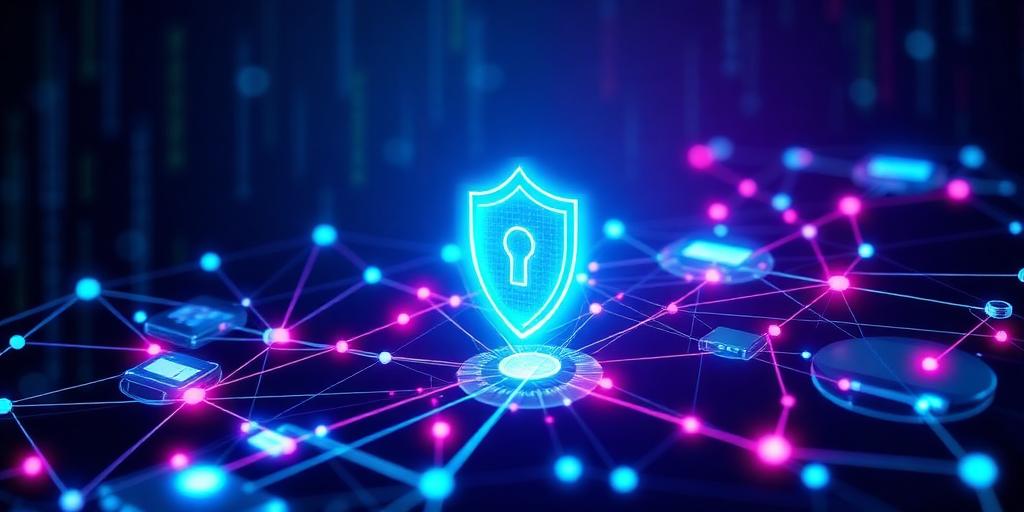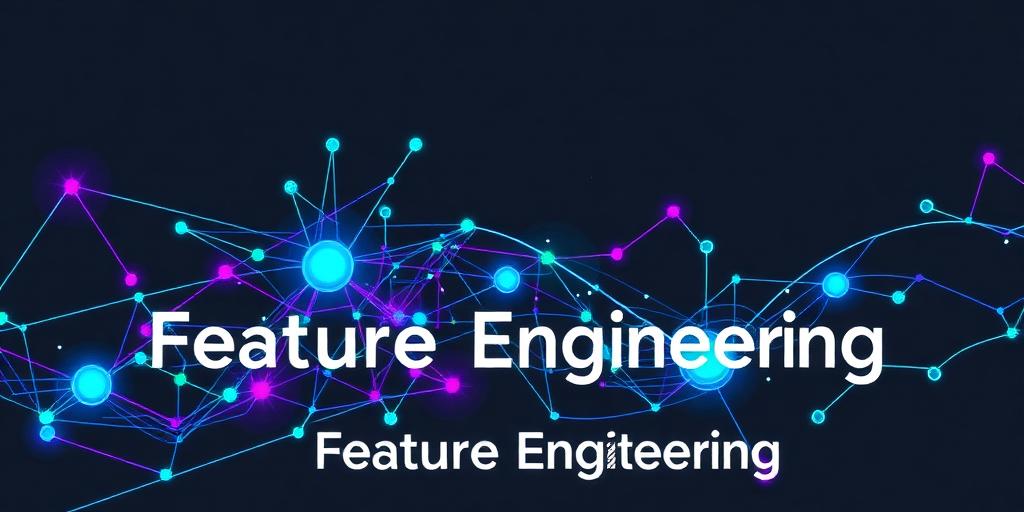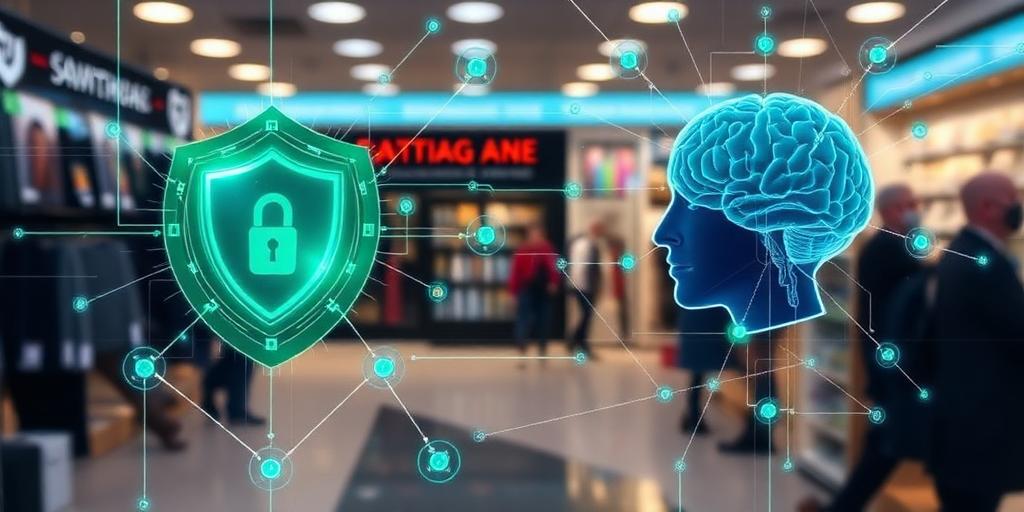The pervasive integration of Internet of Things (IoT) devices has fundamentally reshaped global industries and daily life, ushering in an era of unprecedented connectivity and automation. From smart cities and industrial control systems to healthcare and consumer electronics, the IoT ecosystem continues its exponential expansion. This rapid proliferation, however, introduces a complex and evolving array of cybersecurity vulnerabilities, necessitating a proactive and sophisticated approach to digital defense. The future of cybersecurity in the age of IoT hinges on our capacity to innovate and implement robust safeguards against increasingly intelligent and pervasive threats.
The Expanding IoT Attack Surface
The sheer volume and diversity of IoT devices present an expansive attack surface that traditional cybersecurity models often struggle to address. Unlike conventional IT infrastructures, IoT environments frequently involve devices with limited computational power, minimal memory, and often, a lack of standardized security protocols. This heterogeneity complicates patching, monitoring, and incident response. Common vulnerabilities include insecure network services, weak authentication mechanisms, unpatched firmware, and inadequate data encryption, making them prime targets for malicious actors seeking to disrupt operations, exfiltrate data, or launch large-scale distributed denial-of-service (DDoS) attacks.
Emerging Cyber Threats in the IoT Landscape
As the IoT evolves, so too do the tactics employed by cyber adversaries. Future threats will leverage advanced capabilities, moving beyond simple exploitation of known vulnerabilities:
- AI/ML-Driven Attacks: Adversaries will increasingly employ artificial intelligence and machine learning to automate reconnaissance, identify zero-day vulnerabilities, and orchestrate highly sophisticated, adaptive attacks that evade conventional detection systems. This includes autonomous malware designed to propagate across diverse IoT networks.
- Ransomware on Critical Infrastructure: The convergence of operational technology (OT) with IT via IoT gateways makes critical infrastructure a lucrative target. Ransomware variants could specifically target industrial IoT (IIoT) devices, leading to severe disruptions in energy grids, water treatment facilities, and transportation networks.
- Supply Chain Compromises: Given the intricate global supply chains for IoT components, attacks focusing on hardware or firmware at the manufacturing stage could embed backdoors or malicious code, creating persistent vulnerabilities that are exceptionally difficult to detect and eradicate post-deployment.
- Data Privacy Violations: The vast amounts of personal and operational data collected by IoT devices present significant privacy risks. Future attacks will increasingly focus on intercepting, manipulating, or exfiltrating this sensitive information for espionage, fraud, or identity theft.
Architecting a Resilient IoT Security Future
Addressing these complex challenges requires a multi-layered, proactive, and adaptive cybersecurity framework. Key strategies and technologies will define the future of IoT security:
- Zero Trust Architecture (ZTA): Moving beyond perimeter-based security, ZTA assumes no device or user, inside or outside the network, is inherently trustworthy. Every access request is authenticated, authorized, and continuously validated, significantly reducing the risk of lateral movement following a breach. Implementing zero trust principles across interconnected devices is crucial for securing IoT environments.
- AI/ML for Defense: Just as AI can be weaponized, it is also an indispensable tool for defense. AI-powered security analytics can detect anomalous behavior, predict potential threats, and automate response actions in real-time, far outpacing human capabilities in vast IoT networks. This includes predictive analytics for IoT security threats.
- Blockchain and Distributed Ledger Technologies (DLT): Blockchain can provide immutable records for device identities, secure firmware updates, and verifiable data provenance. Its decentralized nature enhances trust and resilience, making it a powerful tool for managing access and ensuring data integrity across complex IoT ecosystems.
- Secure-by-Design Principles: Integrating security considerations from the initial design phase of IoT devices and systems is paramount. This includes secure coding practices, hardware-level security features, and built-in update mechanisms. Manufacturers must prioritize security over expedited time-to-market.
- Robust Regulatory and Compliance Frameworks: Governments and industry bodies must establish comprehensive standards, certifications, and compliance mandates for IoT security. This ensures a baseline level of protection, promotes best practices for IoT security, and fosters accountability among manufacturers and deployers.
- Edge Computing Security: Securing computation and data processing at the network edge reduces reliance on centralized cloud resources, minimizing latency and potential points of failure, thereby enhancing the overall security posture of IoT deployments.
Conclusion
The future of cybersecurity in the age of IoT is a shared responsibility, demanding continuous innovation and collaboration. By embracing advanced security architectures like Zero Trust, leveraging the defensive capabilities of AI/ML, exploring emerging technologies such as blockchain, and enforcing stringent secure-by-design principles, organizations can navigate the complexities of the interconnected world. Proactive investment in these strategies will not only mitigate the risks inherent in a hyper-connected environment but also unlock the full, transformative potential of the Internet of Things, fostering a secure and resilient digital future.









